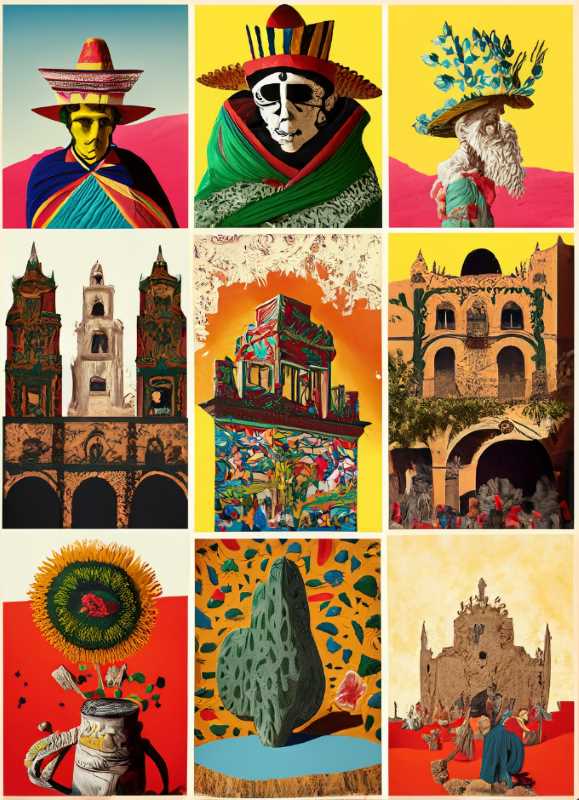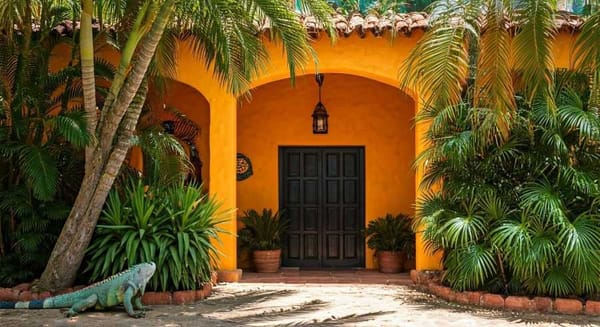The Strategic Importance of Documenting Cultural Heritage
The preservation of cultural heritage is not just about safeguarding artifacts but a fight against illicit trafficking. Having detailed records is pivotal. Yet, challenges remain. With stolen artworks and gaps in documentation, adopting international standards is Mexico's path forward.

The preservation of cultural heritage is more than just maintaining monuments or safeguarding historical artifacts; it's a fight against the illicit trafficking of archaeological treasures and artworks. These documented records serve as a roadmap to our artistic and historical lineage, offering profound insights into our past.
As Pedro Ángeles Jiménez, head of the Information Unit for the Arts (UNIARTE) at UNAM's Institute of Aesthetic Research (IIE), eloquently stated, “Having good data is a guarantee of achieving a harmonious relationship between protection, enjoyment, and knowledge of our cultural heritage.”
Despite the established importance, Mexico's cultural heritage documentation is not as deeply ingrained as one might hope. This is a significant issue given the rise in illicit trafficking associated with organized crime. The theft of sacred art and artifacts from less-protected archaeological zones underscores the urgency of comprehensive documentation.
To tackle these challenges, Mexico City is gearing up to host the 2023 Annual Conference of the International Documentation Committee (CIDOC). This pivotal event will bring together experts from around the world, with a collaborative mission to amplify the direct ties between UNAM and international organizations, thereby bridging knowledge networks across the country's cultural institutions.
The Role of Documentation in Heritage Preservation
The aftermath of World War II serves as a compelling testament to the power of documentation. Founded post-war, the International Committee of Museums (ICOM) utilized records to return heritage pieces to their rightful homes, which had been forcibly extracted during wartime. This process was only possible due to thorough documentation.
Museums, whether they exhibit tangible artifacts or abstract concepts, need a structured system of recording and organizing knowledge. CIDOC, an ICOM committee, is dedicated to forging best practices and standards to address this very issue.
Consider the unsolved theft of masterpieces from the Isabella Stewart Gardner Museum in Boston, a stark reminder of the importance of documentation. The stolen artworks' frames are exhibited, “a testimony of the theft,” reminding us of the impermanence of physical objects and the permanence of records.
In response to such challenges, the Object-ID initiative was launched in 1993, a standardized system to identify and track art pieces, further underscoring the importance of documentation in combatting theft.
The State of Documentation Today
Museums continually generate documentation, encompassing acquisition details, restoration processes, exhibition catalogs, and media coverage. CIDOC's vision is to harmonize these data points into cohesive systems, ensuring unified documentation across a museum's diverse departments.
However, disparities exist. While institutions like the British Museum, the Rijksmuseum, and the Museo Nacional del Prado boast advanced information systems, others like the Smithsonian grapple with the mammoth task of digitizing over 150 million objects.
Mexico's national institutions are earnestly pushing forward. While progress has been made, significant gaps remain, especially beyond museum walls. As Ángeles Jiménez emphasized, countless historical structures, altarpieces, paintings, and sculptures across cities are yet to be documented comprehensively.

The Way Forward
For Mexico, the path forward lies in aligning with international standards to better consolidate its vast cultural information. As recent events like the 2017 earthquake demonstrated, the absence of organized records can hinder response times during crises.
Adopting standardized cataloging norms, aligning information structures, and maintaining controlled vocabularies are crucial to not just protecting but truly understanding our cultural legacy.
In closing, as Pedro Ángeles Jiménez aptly summed it up, documenting heritage is paramount for cultural entities and educational institutions. It's a strategic endeavor, one that we must pursue with diligence and passion to honor and safeguard our invaluable legacy.




